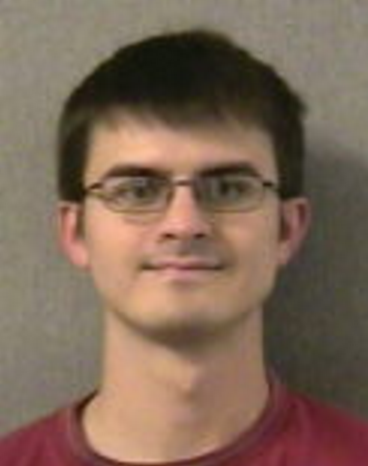After the Higgs
Physics graduate students look forward to careers in a slightly different world.
On March 14, scientists working with the Large Hadron Collider (LHC) at CERN presented new preliminary data that let them state with confidence that they had discovered a subatomic particle known as a Higgs boson. It’s the latest landmark on a journey that has lasted almost 50 years, since physicist Peter Higgs hypothesized the existence of such a particle to explain why the constituents of matter have mass.
The discovery required billions of dollars, participation by more than 40 nations, and the construction of the 17-mile LHC in Switzerland. Even the last steps have stretched out over months of waiting, with confirmation coming in stages. Among the scientists participating were four faculty from Penn’s Department of Physics and Astronomy: Brig Williams, the Mary Amanda Wood Professor of Physics; Professor Joseph Kroll; Associate Professor Evelyn Thomson; and Assistant Professor Elliot Lipeles; as well as physics postdocs, graduate students, and technical staff.
Those grad students will now begin their careers in a world with a Higgs particle. “The first conference on the LHC was held in 1984, the year I was born,” says Josh Kunkle, who will complete his Ph.D. this year. “So it lined up well.”
Kunkle has already spent three and a half years at the LHC. He looks for the particle, which only lasts a billionth of a trillionth of a second, by analyzing its decay. In his own work he has recently started to examine whether the Higgs decays in ways we can’t detect, like dark matter. Because of conservation of momentum, scientists will be able to tell if part of the decay is not detectable in their measurements. They haven’t seen that yet, Kunkle says, but the search is a function of the amount of data taken. “In the future, we’ll be able to take more data and make a stronger statement. It could be hiding still.”
The LHC will now shut down for about two years, for repair work that will make it finally able to use as much energy as it was designed to. The collider is a giant circle that uses magnets to keep the protons travelling around it. Soon after the machine started operating in 2008, though, part of it “blew up,” in Kunkle’s words, and since then it has been run at half its intended capacity.
Kunkle intends to be there for the restart in 2015, planning to return to the LHC as a postdoc, working on experiments and getting ready for the upgrade. With the collider at twice the energy, he’ll be able to search for the heavier particles predicted by many theories, and gather much more data. “The further we can push in energy, the more sensitivity we have,” he says. “Progression in our field is a history of pushing that boundary further and further, and gaining a more complete understanding of what exists in the universe. There are still mysteries out there that we should look for.”
At CERN right now, third-year graduate student Alex Tuna changed the focus of his work after getting involved in the Higgs research. “The level of excitement and the fervor among the people working on the Higgs was really cool,” he says. “The last time an elementary particle was really discovered was the top quark, and that was in 1995.” He went to CERN last June, and was exhilarated by the excitement leading up to the first announcement in July.
His work at the LHC concentrates on tau particles—one of many elementary particles that the Higgs can theoretically decay into. “From my point of view the Higgs still isn’t totally discovered because we haven’t seen it decaying to two taus yet,” he says. “There’s still a lot of interesting science to be done.”
Looking forward to working with the repaired collider, he says, “I think it’s going to make it a lot more awesome. The first years have been kind of a warm-up. Now that we’ve discovered this new particle we have to understand what it’s like, what its properties are… We’re going to see what this machine can really do in 2015.”



